The history of viticulture in South Africa dates back to the early 17th century, when the first vines were planted by Dutch settlers at the Cape of Good Hope. These early plantings were primarily used to produce wine for religious purposes, as well as for the production of raisins and brandy.
The first recorded vineyard in South Africa was established in 1655 by Jan van Riebeeck, the founder of Cape Town, who planted vines at the request of the Dutch East India Company. The company had sent van Riebeeck to the Cape to establish a refreshment station for ships traveling to the East, and vines were planted in order to produce wine for the sailors.
Throughout the 17th and 18th centuries, the wine industry in South Africa remained relatively small and focused on the production of fortified wines, such as port and sherry. In the 19th century, however, the industry began to expand, with the introduction of new grape varieties and the development of wine-making techniques.
One of the key figures in the early history of South African viticulture was Pieter de Waal, who established the first commercial winery in the country in 1852. De Waal's winery, called Zandvliet, was located in the Stellenbosch region and produced a range of wines using grapes grown in the surrounding area.
In the latter half of the 19th century, the South African wine industry underwent a period of rapid growth, with the establishment of many new wineries and the expansion of existing ones. This growth was fueled in part by the increasing demand for wine in Europe and the United States, as well as by the development of new transportation technologies, which made it easier to export wine from South Africa.
One of the key factors in the growth of the South African wine industry was the introduction of new grape varieties. In the late 19th century, many new grape varieties were brought to South Africa from Europe and the United States, including Cabernet Sauvignon, Chardonnay, and Merlot. These varieties helped to diversify the range of wines being produced in the country and contributed to the growth of the industry.
The 20th century saw further developments in the South African wine industry, with the establishment of new wine regions and the emergence of a number of influential wine makers. In the 1960s and 1970s, the industry was transformed by the development of new wine-making technologies and the introduction of modern marketing and distribution methods.
Today, South Africa is one of the top wine-producing countries in the world, with a rich and diverse wine culture that reflects its long history of viticulture. The country is home to a number of prestigious wine regions, including Stellenbosch, Franschhoek, and Paarl, which produce a wide range of high-quality wines that are enjoyed by wine lovers around the world.

